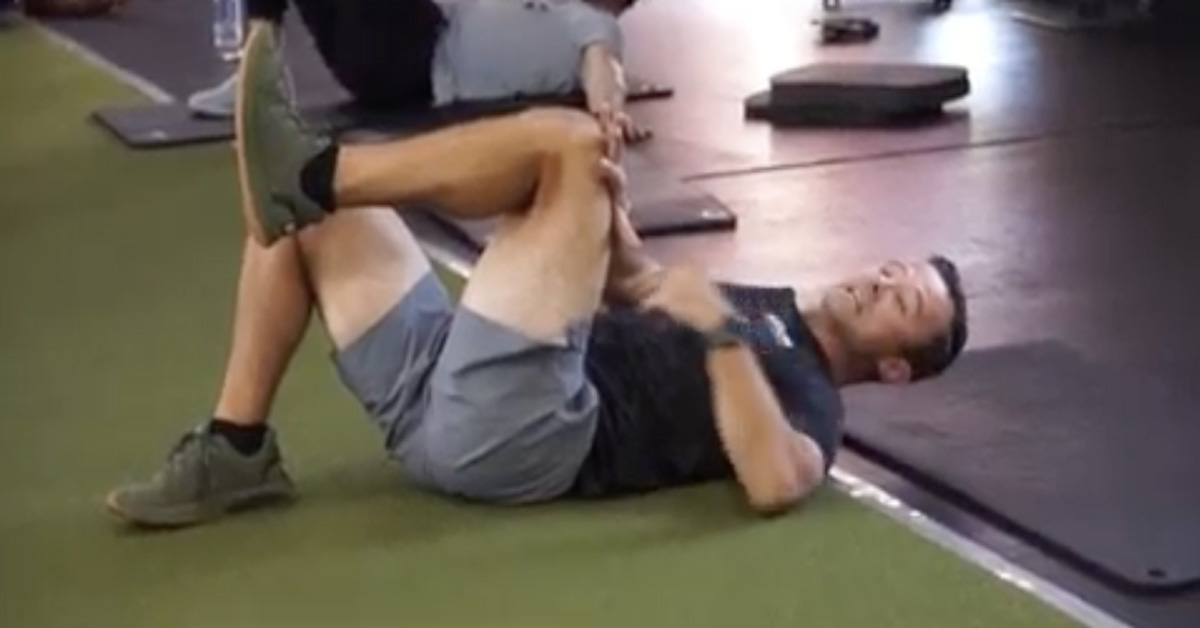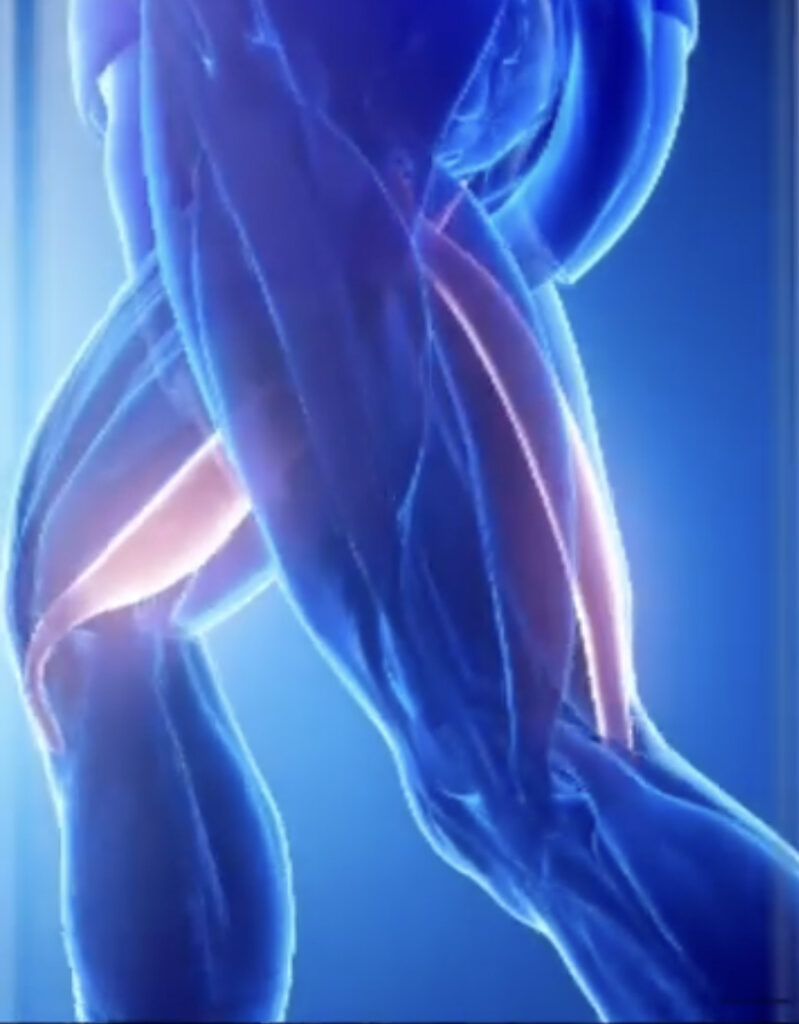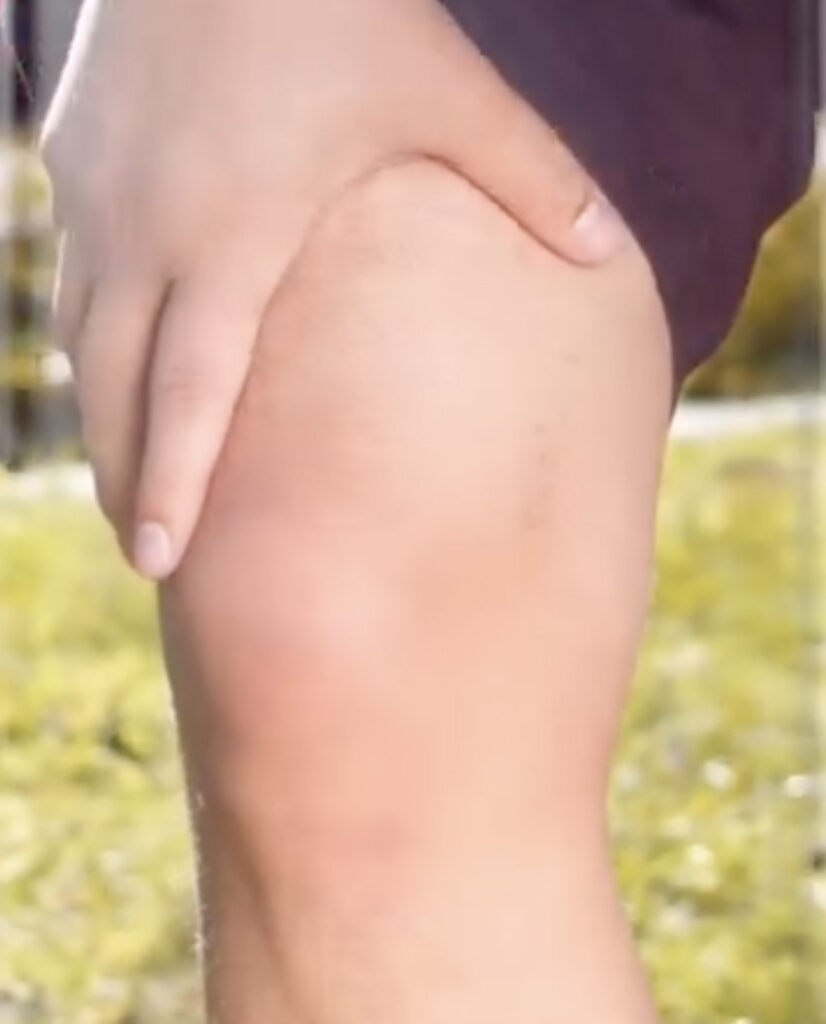Hamstring Cramps and How to Prevent Them and Keep Training

Hamstring cramps are one of the most annoying injuries in combat sports training. They can chronically flare up for several reasons and hinder you from improving your skills.
Here is our guide for how to prevent hamstring cramps and keep training. Read below to understand why hamstring cramps occur and methods you can use to treat or prevent them.
What Are Hamstring Cramps?
Hamstring cramps are contractions of the muscles, which are located on the back of your legs. The hamstrings comprise various muscles and tendons that can contract for multiple reasons.
Pain from hamstring cramps can last between a few seconds to a few minutes, ranging from mild to intense. If not treated, chronic hamstring muscle cramps can halt your training and affect your overall health.

Who is More Likely to Suffer Hamstring Cramps?
The two groups more likely to suffer hamstring cramps are older people and those who are sedentary. Older people are more likely to suffer these muscle cramps because our muscles weaken as we age.
Sedentary people are also more likely to suffer from them because they have weak hamstrings.
What Are the Causes of Hamstring Cramps?
A muscle cramp can happen for various reasons, from lack of warm-up to poor hydration.
Some of the causes of hamstring cramps include:
- Muscle Fatigue
- Dehydration
- Electrolyte Imbalance
- Poor/Lack Of Warm-Up
- Muscle Imbalances
- Overuse/Strain
- Poor Posture
- Sedentary Lifestyle
Muscle Fatigue
Muscle fatigue is one of the leading causes of hamstring cramps. They often occur due to your unconditioned hamstrings being put under the stress of a workout it isn’t used to.
For example, if you’re just getting into Muay Thai or boxing training, it’s common to suffer cramps from being unconditioned.
Dehydration
Inadequate or lack of hydration can lead to your hamstrings cramping whether you’re training or doing everyday activities. That’s why your coach and every nutritionist stresses the importance of staying hydrated.
Electrolyte Imbalance
Along with dehydration, another cause of cramps could be an electrolyte imbalance. Types of electrolytes you could be lacking, which could cause cramps include potassium, calcium, and magnesium.
Low levels of these electrolytes or an imbalance of them can trigger cramping of your muscles.
Poor/Lack of Warm Up
Failing to warm up properly or stretch your hamstrings before training can easily lead to cramps. Those who have naturally tight hamstrings may be prone to chronic cramps.
Muscle Imbalances
People who suffer from chronic hamstring cramps may deal with them due to a muscle imbalance. A muscle imbalance between the quadriceps and hamstring is known to trigger cramps.
Overuse
If you like to train hard consistently, you might be fatiguing your hamstrings to cramping. It’s common to see people training who train hard go down with a hamstring cramp.
Poor Posture
Poor posture triggers a hamstring cramp that not many think about. Bad posture can shorten your hamstrings, leading to more cramps or worse injuries.
Sedentary Lifestyle
If you’re a person who isn’t active and lives a sedentary lifestyle, you’re more likely to suffer from cramps.

Ways to Heal/Prevent Hamstring Cramps
Even though hamstring muscle cramps are annoying and painful, they are treatable. Here are methods you can use to heal or prevent hamstring cramps.
- Stay Hydrated
- Improve Nutrition
- Begin Training
- Warm-Up
- Foam Roll
- Lift Weights
- Proper Footwear
- Improve Posture
- Listen To Your Body
Stay Hydrated
Staying hydrated will make you less likely to deal with muscle cramps. If you do intense Muay Thai or boxing training, you must drink over a gallon of water daily.
Up Your Electrolytes
Keep your electrolyte levels up to ensure you never deal with hamstring cramps. Consume a balanced diet, which includes high amounts of potassium, magnesium, sodium, and calcium.
Improve Posture
Improving your posture can not only eliminate cramps but numerous types of impingements. To improve your posture, just remember to sit more upright and never slouch to avoid cramps.
Start Training
If you live a sedentary lifestyle and suffer from chronic cramps, your only solution is to get active. Start physical exercise at a low to moderate level to gradually build strength and flexibility.
Combat sports training, like boxing, MMA, Jiu-Jitsu, or Muay Thai, are a great form of training to take up.
Warm Up
Always warm up before any type of exercise and include stretches that focus on your hamstrings.
Some of the best hamstring stretches that you can do include:
- Toe Touches
- Sitting Toe Touches(Single & Doubles)
- Lunges
- Leans
- Towel/Band Stretches
- One-Legged Static Holds
Foam Roll
If you suffer from constant hamstring cramps, consider rolling out your impingements with a foam roller. Grab a good foam roller or hard ball and place your leg on top of it, where your hamstring is.
Roll the object up and down your hamstring for thirty seconds to a minute. Doing this consistently will stretch out your muscle fibers and help remove any impingements you may have.
These benefits are why you always see people bring a foam roller with them to training.
Lift Weights
Hamstrings are among the most commonly neglected muscles in a person’s training routine. You must work your hamstrings and other leg muscles at least twice a week to avoid cramping.
Here are some great hamstring exercises you should consider adding to your weight-lifting routine.
- Romanian Deadlift
- Good Mornings
- Glute Bridges
- Weight Glute Bridges
- Single-Leg Glute Bridges
- Hip Thrusts
- Weighted Hip Thrusts
- Kettlebell Swings
- Squats
- Sumo Squats
- Single-Leg Deadlift
- Kickstand Deadlift
- Hamstring Curls
- Single-Leg Hamstring Curls
- Reverse Lunges
Listen to Your Body
You can usually feel a cramp coming on before it happens, which is why you should always listen to your body. Your body will tell you if it’s tight and not ready for physical activity.
When this happens, take the time to do a light warm-up to get your body ready. You should focus on these muscle groups if you suffer from chronic hamstring cramps.

What’s the Difference Between Hamstring Cramps and Strains?
Hamstring cramps are often confused with hamstring strains. Here’s how you can tell the difference between a hamstring cramp and a strain.
A hamstring strain is an injury that occurs mainly during physical activity when the muscle is stressed. The muscle is stretched too far or torn to the point of being strained.
This injury can last days and weeks, while a hamstring cramp is just a short muscle contraction. Hamstring cramps can be caused by training, but also various factors outside of training.
Can Hamstring Cramps Be Cause By More Than One Thing?
While there are many causes for hamstring cramps, it may be due to more than one thing. Cramps can occur from multiple causes, so you should always remember the health tips above.






